Plyometric Training and Why You Need It
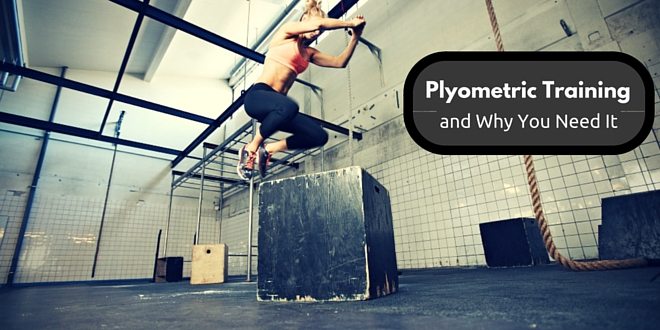
If you may not know already, there are tons of incredible benefits of plyometric training out there just waiting to be taken advantage of. It can help you to increase your strength, power, agility, and athletic performance. Also, when it comes to training for a specific athletic goal in mind, this type of training is one of the best out there to carry out. Not to mention that there are countless plyometric variations and exercises that you can use to improve your overall athletic performance and power. And speaking of power...
[tweet_box design="box_10"]The term "power" is usually often confused with "strength".[/tweet_box]
However, they are two distinctly different terms. "Power" is the combination of strength and speed. This type of speed strength is what plyometric, or power training is all about. Now, let's check out some key athletic benefits that can help you to unleash the athlete from deep within you!
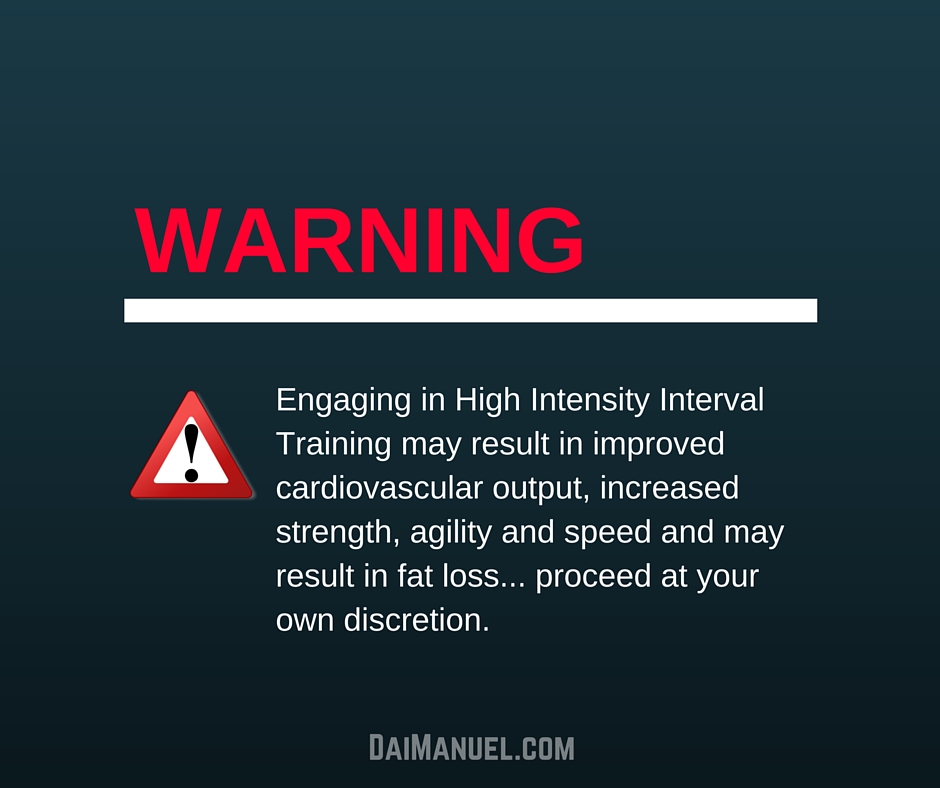
Athletic (and everyday health) Benefits of Plyometric Training
As I before mentioned, a dominant advantage of plyometric training is improved athleticism. Virtually every athlete from any sport can benefit from it. A properly designed plyometric session can increase speed, strength, power, and agility. All of these skills are key to gaining top-notch status in your sport or craft.
Some very effective plyometric training exercises are box jumps, power push-ups, jumping jacks, horizontal chest passes, medicine ball power push-ups, and depth jumps. These exercises can help you to increase your muscular power immensely. Thus, increasing your athletic performance.
See, plyometric training allows your body to lift greater weights in a faster and more dynamic fashion. This, over time, increases your overall athleticism. Depending on the type of program design, muscular endurance is another benefit, among many others of plyometric training.
Agility and quickness are other key benefits of plyometric training. Some great exercises that hone in on these very important athletic attributes are knee tucks, single linear jumps, and multi-directional jumps. What I've shared with you here was just a brief overview of some of the more profound benefits of plyometric training to give you a sound understanding of exactly what you can expect from it.
https://twitter.com/daimanuel/status/743517268127158272
One of the most popular types of plyometric training methods is...
The first type of popular plyometric training method that comes to mind is Crossfit , which is mainly composed of power training. With CrossFit, its main concern is moving as much weight as possible as fast as possible for a given number of repetitions. These types of sessions are very fast paced and need an immense amount of power and muscular endurance.
[box type="info" align="" class="" width=""] CrossFit, Inc. describes its strength and conditioning program as "constantly varied functional movements executed at high intensity across broad time and modal domains," with the stated goal of improving fitness, which it defines as "work capacity across broad time and modal domains."[/box]
CrossFit athletes perform plyometric jumps, Olympic lifts, kettle bell movements, tire lifts, and many other very intense and diverse exercises. Increased resting heart rate, caloric expenditure, type I AND type II muscle fiber activation, muscular size and endurance, and overall power are all incredible benefits of CrossFit training that you can expect.
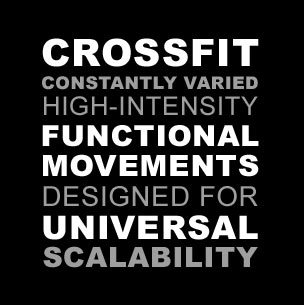
So, as you can clearly see, there are many advantages of plyometric training. It's great for anyone training for an athletic event, sport, or even just to help increase overall health. Now that you know what this training method can do for you, now it's time to put it into action!
3 Awesome Plyometric Training Workouts
Check out these three workouts that epitomize all the advantages of plyometric training that are available to you! Of course, feel free to customize them to your liking. Remember that form is key, not the amount of weight. Keep this in mind and you should be fine!
Workout #1
- Backward medicine ball throw 4 sets 14-16 reps
- Bench jump 4 sets 14-16 reps
- Catch and overhead throw 4 sets 14-16 reps
Workout #2
- Chest push with run release 4 sets 12-14 reps
- Depth jump leap 3-4 sets 14-16 reps
- Drop push 4 sets 12-14 reps
Workout #3
- Lateral box jump 3-4 sets 14-16 reps
- Dumbbell seated box jump 4 sets 14-16 reps
- Chest push (single response) 3-4 sets 12-14 reps
- Chest push from 3-point stance 3-4 sets 12-14 reps
So, how does one go about designing a plyometric training program for themselves?
If you're the creative type and want to make your own customized workouts, then you must first dwell on the purpose of the exercise program and what you desire to achieve from it. Whether your interest is in athletic improvement for a sport, surpassing a plateau, or for fat loss, the program should be specifically designed toward the goal in mind.
[box type="shadow" align="" class="" width=""]
//
[/box]
A plyometric training program should include a diversity of exercises to make sure the ideal improvement of your skills. If this is done, as well as honing in on your specific goals, then you should be on the right path to better improve your athletic performance and fitness goals.
Plyometric Training for Sports
A plyometric training program for sports are one of the best ways to improve your athletic ability and potential. Regardless if your sport is baseball, basketball, football, soccer, lacrosse, golf, or almost any other performance sport, plyometrics can help you to improve your skill set immensely.
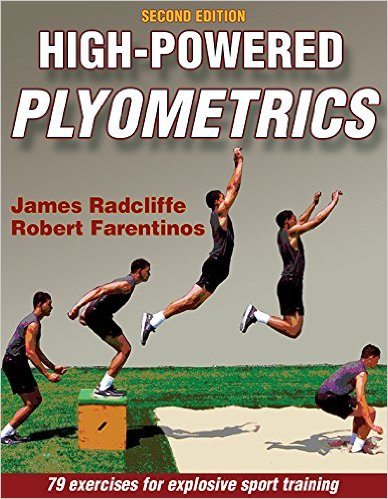
The key is to choose exercises that will improve your weak areas. Whether this causes for multi-directional jumps for improved coördination, lying medicine ball throws for improved throwing power, or standing cable haystacks for improved rotational mobility for the discus throw, intelligent exercise implementation is vital to make sure that you are reaching your full potential.
Plyometric Training Program for Fat Loss
A plyometric exercise program for fat loss could be a wise decision to make if you are already an active person and are wanting to further increase your caloric expenditure or if you're just wanting to try something new. Note, that as you lose fat, you will most likely gain muscle depending on the intensity of your plyometric training program. With this being said, if you decide to venture into such a program, you should be more concerned with how your physique feels and looks versus what the scale says. Nevertheless, the intensity that plyometrics are known for should leave you in a puddle of sweat and in a caloric deficit in no time!
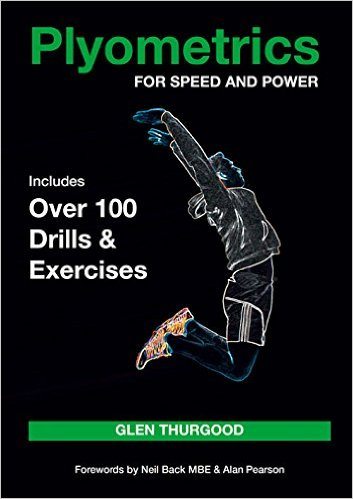
Just in case you still aren't convinced yet, here are 5 profound reasons about why you should be doing plyometric training!
5 Key Advantages of Plyometric Training
- It increases your overall POWER. Power is the act of moving with great speed and strength. Power is an essential skill to have for attaining success in many sports like football and rugby.
- More notable advantages of plyometric training is the increased strength you should see in your "power lifts", such as the bench-press and dead lift.
- You should see a significant increase in muscular endurance as well. This is due to the CrossFit aspect of plyometric training. Of course, this will depend on how intensely you train, but typical plyometric training sessions should significantly increase your overall muscular endurance.
- Increased flexibility and pliability are also both great advantages of plyometric training. This is due in part to the very diverse body movements involved during training.
- Last but not least, increased overall athleticism should be expected. Plyometrics will help you to perform better in your niche craft, whether that happens to be boxing or power-lifting, it will help you to do at a higher level as your athletic ability will be heightened due to increased power.
To sum things up...
Plyometric training is very important for nearly all athletes. It will help them to perform better, all while increasing their cardiovascular health. Plyometric training uses a vast amount of power training exercises. These exercises need a lot of speed and strength. Together, these two efforts combine to produce power. Power is the driving force behind almost all plyometric routines. Increased muscle size, endurance, cardiovascular health, athleticism, and fat loss are all known benefits of plyometric training.
It all sounds pretty great doesn't it? So, what are you waiting for? Go out there and get it!
https://twitter.com/daimanuel/status/743194137692823553
Author Bio: Thomas Hlubin

When I was little I was as skinny as a rake, but at the ripe old age of 18, I started lifting weights seriously. I trained and competed as a natural bodybuilder in the SNBF and NANBF organizations, placing 4th in the novice men middleweight division at the 2012 Atlanta SNBF Championships. A year later, I competed and placed 2nd in the collegiate men division at the 2013 NANBF Natural Southern States Classic in St. Louis, Missouri. That solidified my goal to help others achieve greater levels of fitness. Today, I'm an avid blogger focused on creating content to help people improve their physical and mental health. For more of my work, check out my website Disorders.net to get information on how to improve your mental health.




































































































